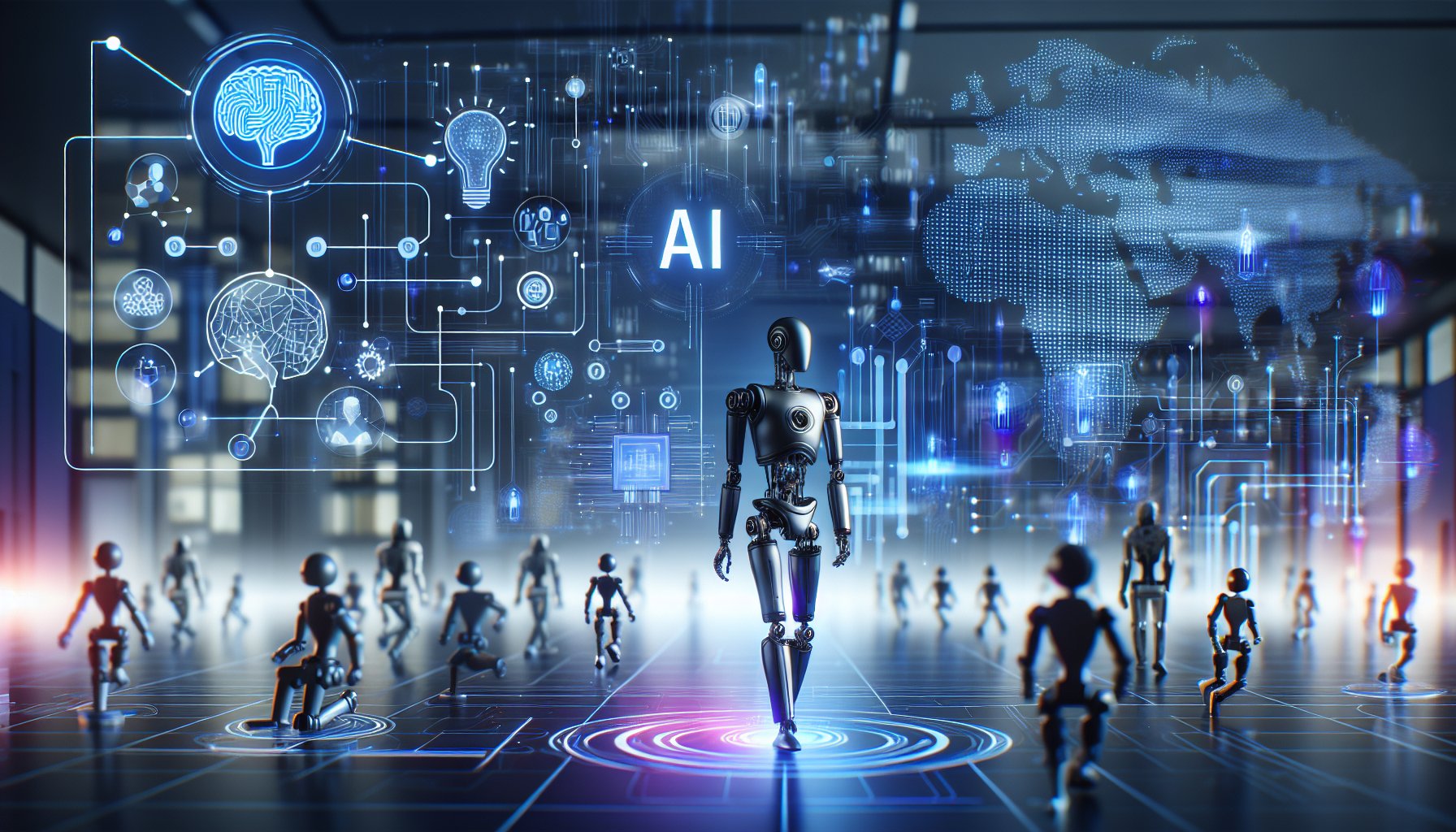Introduction
As we navigate into the future, Artificial Intelligence (AI) continues to revolutionize the IT landscape. From machine learning to quantum computing, these technologies are not only reshaping how businesses operate, but also how developers integrate AI into systems and applications. This post will explore the latest AI integration strategies, providing you with the knowledge to build advanced, future-ready applications.
Microservices Architecture
Microservices Architecture is taking center stage in AI integration. This approach allows for the deployment of independent AI models as separate services, enabling scalability, flexibility, and faster development cycles. With each AI model encapsulated within its service, updates or changes can occur without affecting the entire system.
// Sample code for deploying a microservice with a machine learning model
const express = require('express');
const app = express();
const mlModel = require('./mlModel');
app.post('/predict', (req, res) => {
const inputData = req.body;
const prediction = mlModel.predict(inputData);
res.send(prediction);
});
app.listen(3000, () => console.log('ML model microservice running on port 3000'));
Quantum Computing
Quantum computing is evolving as a powerful tool in AI integration. It offers unprecedented computational speed and power, enabling developers to train complex AI models more efficiently. Quantum machine learning, an emerging field, is set to play a significant role in the future of AI integration strategies.
Deep Learning
Deep Learning continues to be a critical component in AI integration. With advancements in neural networks and algorithms, deep learning models are becoming more accurate and efficient. They can be integrated into various applications, including image recognition, natural language processing, and predictive analytics.
// Sample code for implementing a deep learning model using TensorFlow.js
const tf = require('@tensorflow/tfjs-node');
const model = tf.sequential();
model.add(tf.layers.dense({units: 100, activation: 'relu', inputShape: [10]}));
model.add(tf.layers.dense({units: 1, activation: 'linear'}));
model.compile({optimizer: 'sgd', loss: 'meanSquaredError'});
let xs = tf.randomNormal([100, 10]);
let ys = tf.randomNormal([100, 1]);
model.fit(xs, ys, {epochs: 100}).then(() => {
model.predict(tf.randomNormal([10, 10])).print();
});
Conclusion
AI integration is a dynamic field that continues to evolve, offering new opportunities and challenges for developers and businesses alike. By staying updated with the latest trends and technologies—like Microservices Architecture, Quantum Computing, and Deep Learning—you can build applications that not only meet today's needs but are also future-ready.
Always remember that the key to successful AI integration lies in understanding the specific requirements of your business and choosing the right tools and strategies to meet these needs. As we move forward, the role of AI in our lives will only continue to grow, making it a crucial aspect of every developer's toolkit.
Key Takeaways
- Microservices Architecture allows for scalable and flexible AI integration.
- Quantum Computing offers unprecedented computational power, enhancing efficiency in AI model training.
- Deep Learning continues to play a critical role in AI integration, with advancements in neural networks and algorithms.
- Stay updated with the latest AI trends and technologies to build future-ready applications.
